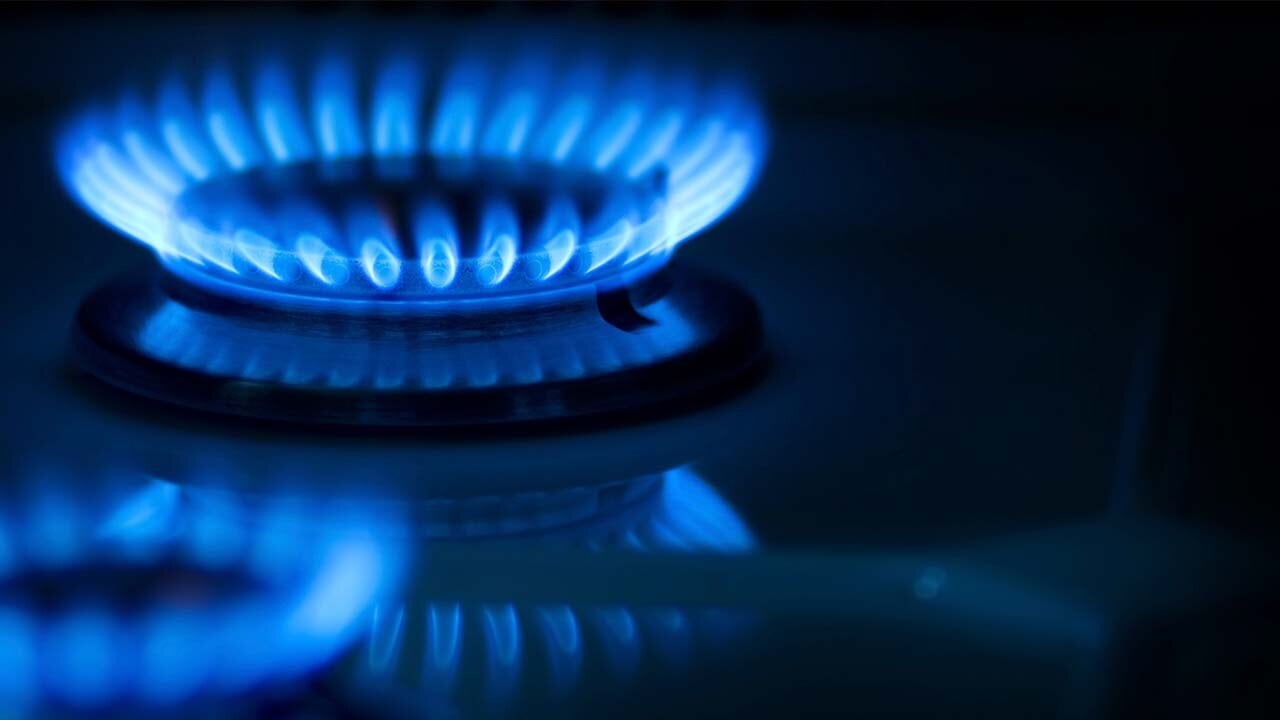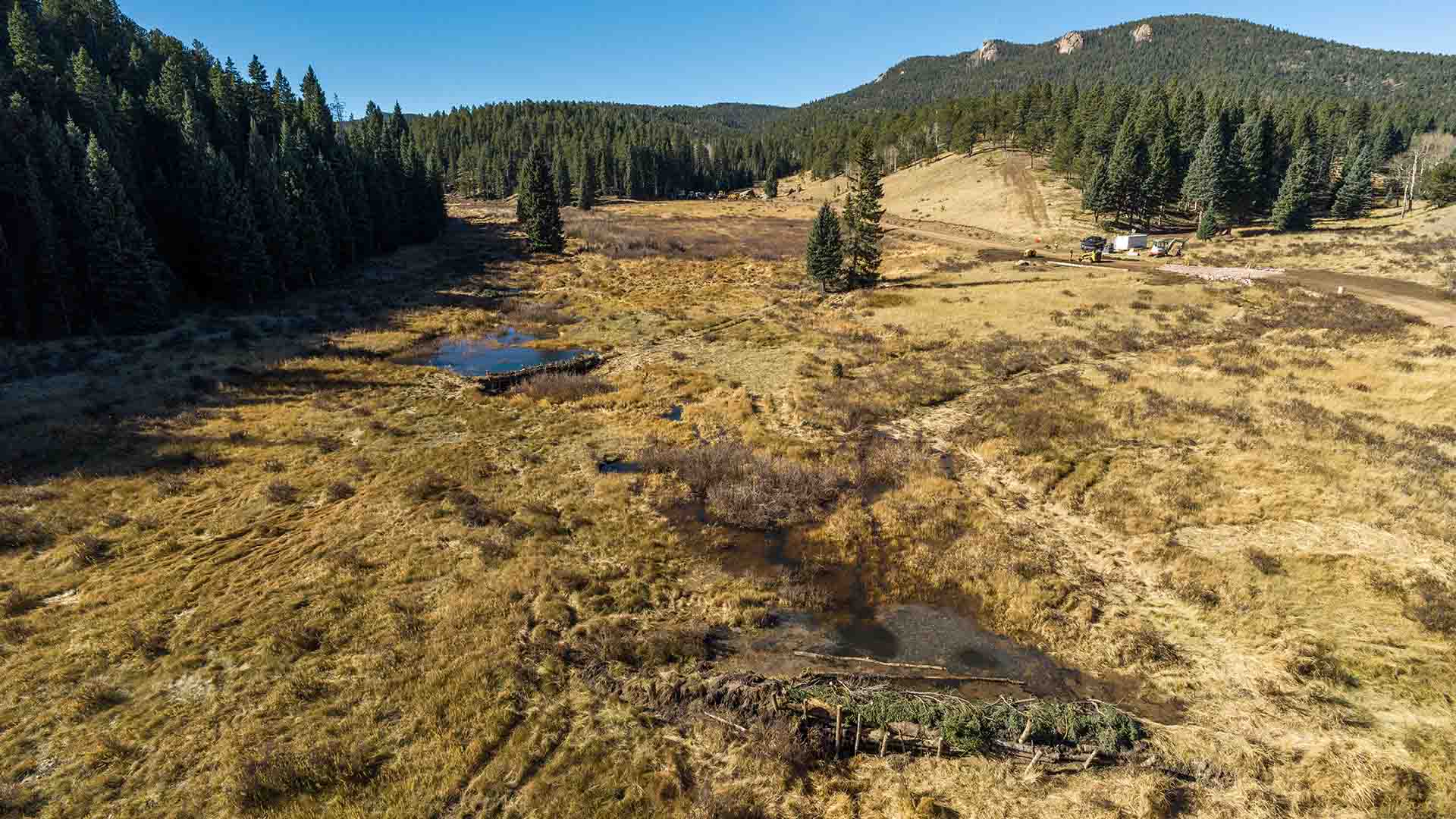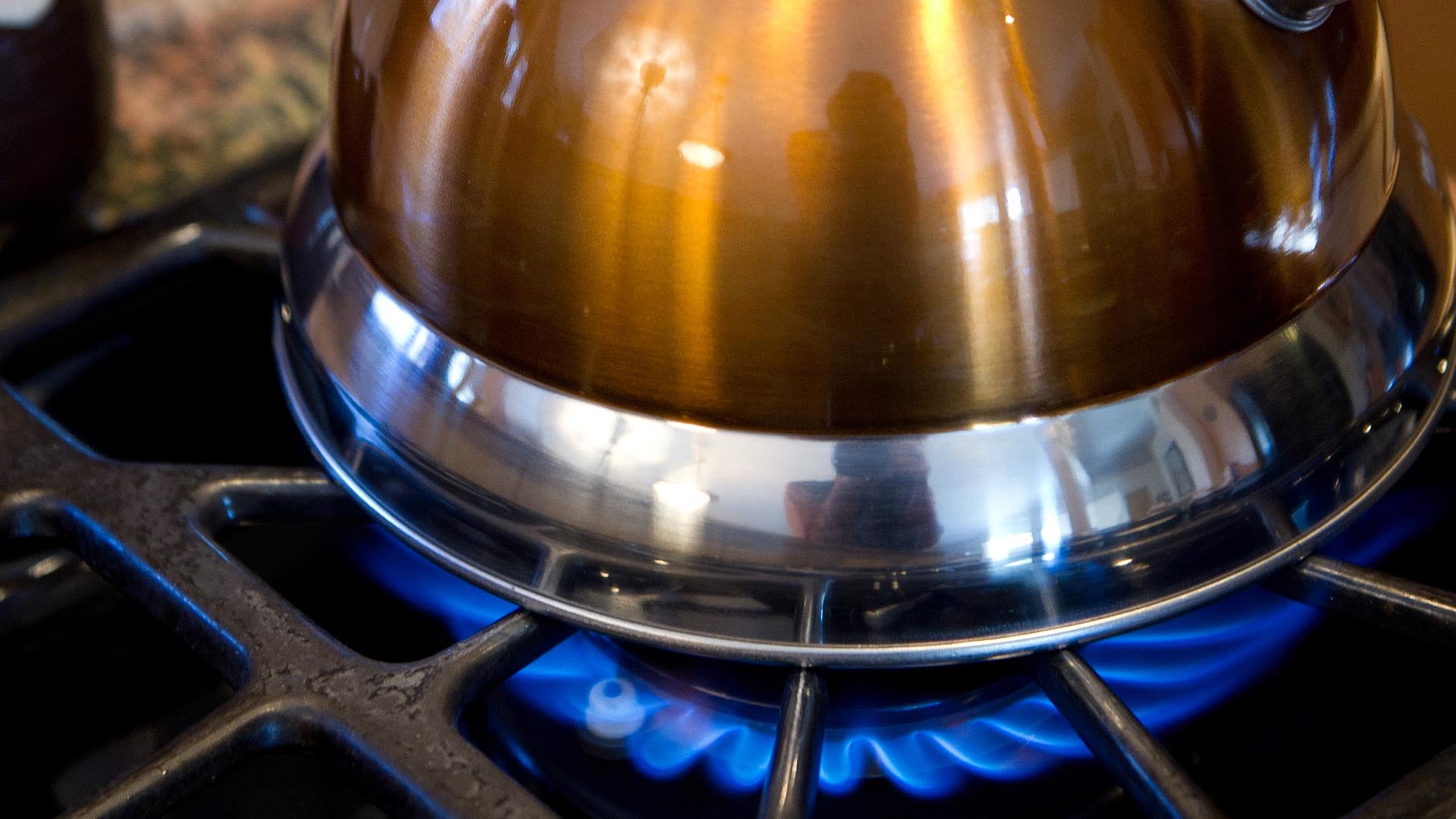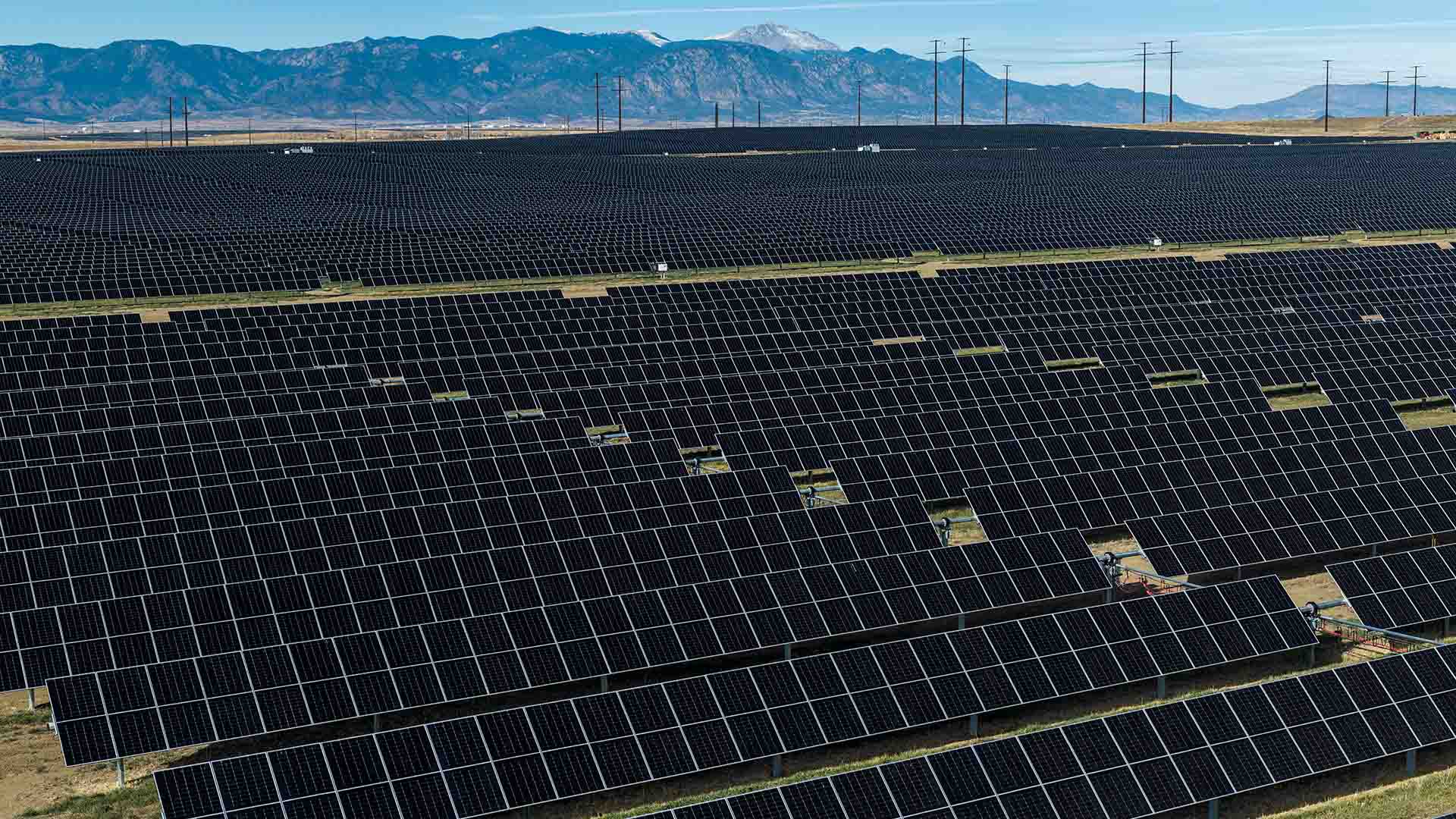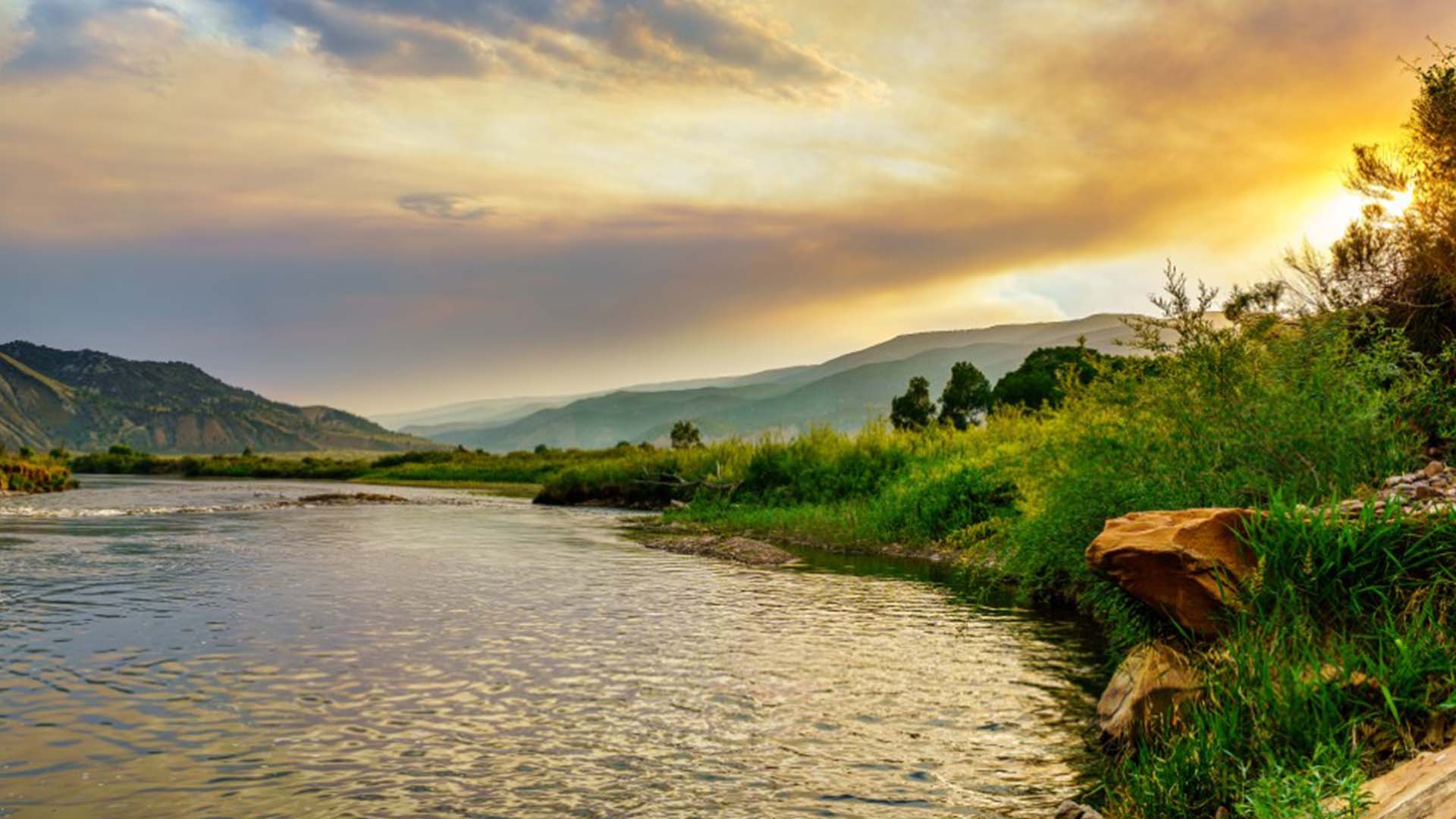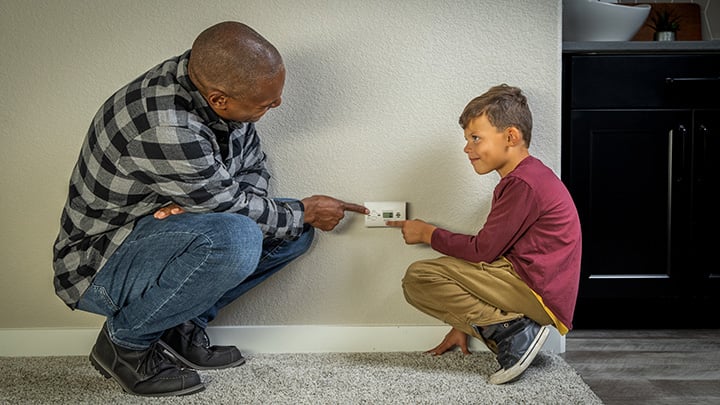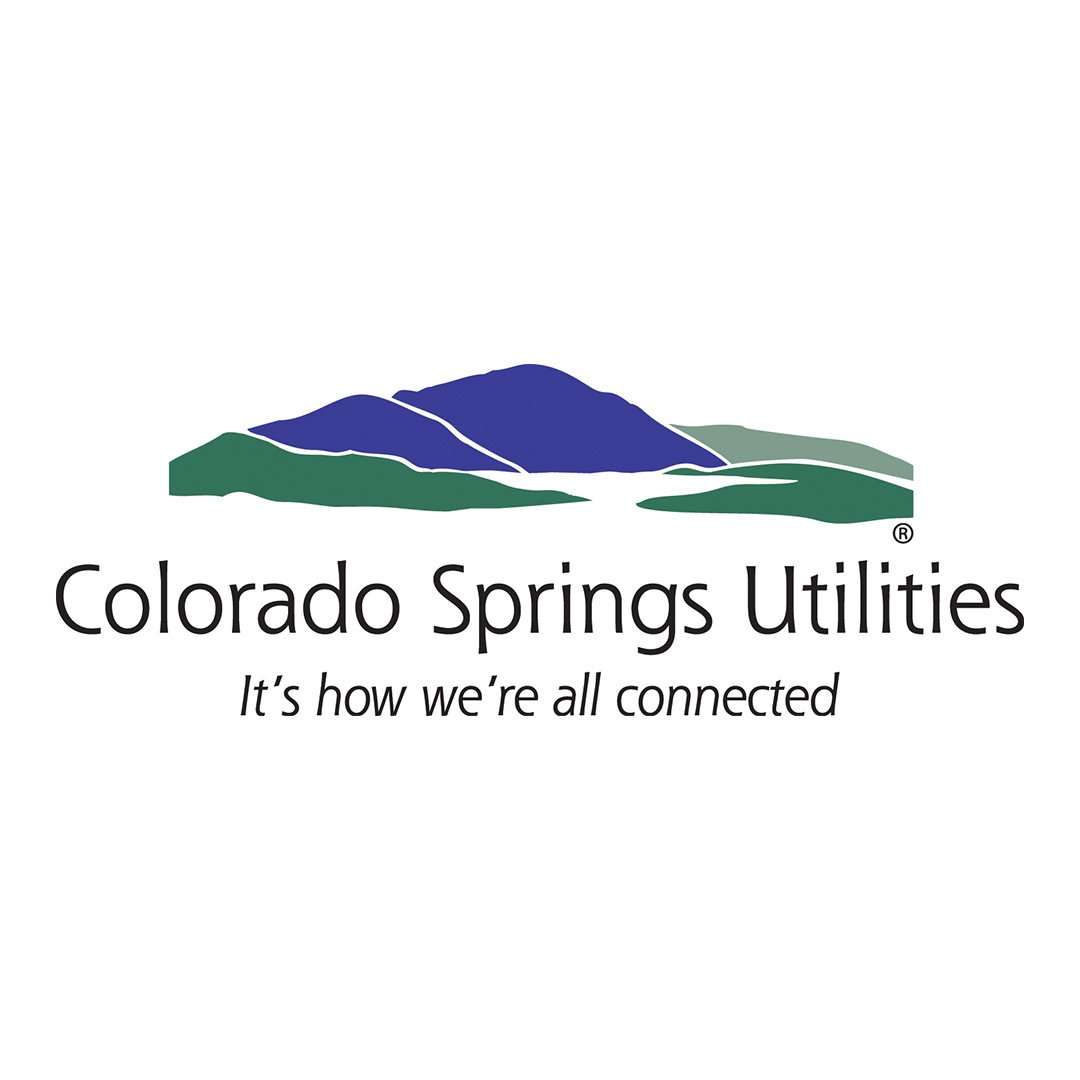
Diana H.
Duration: 1 minute
Published on September 4, 2025
As your community utility provider, we are dedicated to ensuring our services remain as reliable as possible, year-round. But individual preparedness is just as vital for our community’s overall resilience.
Here are the top 10 steps you can take to increase your emergency preparedness:
10. Know your risks (Colorado style!)
Think about the hazards most likely to affect us in Colorado Springs. While national events are important, focus on what’s relevant locally: severe weather (snowstorms, wind, lightning), power outages (sometimes weather-related) and even wildfires. Knowing what you might face helps you prepare more effectively.
9. Sign up for local alerts and warnings
Stay informed! Make sure you are signed up for Peak Alerts. Knowing when something is happening is the first step in staying safe.
8. Create a family emergency plan
Talk to your household about what to do in different emergencies. Where will you meet if you’re separated? Who is your out-of-state contact person? How will you communicate if cell service is down? Having a plan reduces panic and helps everyone know what to do.
7. Build a basic emergency kit
Gather essential supplies that will last for at least three days. This should include the following:
-
- Water (one gallon per person per day)
- Non-perishable food
- First-aid kit
- Flashlight
- Extra batteries
- Whistle
- Dust mask
- Plastic sheeting and duct tape (to shelter-in-place)
- Moist towelettes
- Garbage bags and plastic ties for personal sanitation
- A manual can opener
- Local maps
- Cell phone with chargers and a backup battery.
Don't forget items specific to your family's needs, such as medications, baby supplies and pet food.
6. Prepare for power outages
We work hard to minimize outages, but they can happen. Have flashlights (not candles!), a battery-powered or hand-crank radio and consider having a backup power source for essential medical equipment if needed. Know how to safely operate a generator if you have one.
5. Know how to shut off your water
In certain emergencies, it might be necessary to turn off your water. Locate your main shut-off valve now and learn how to operate it safely.
4. Consider financial preparedness
Emergencies can have financial impacts. If possible, have some cash on hand (ATMs may not work during power outages) and consider what insurance coverage you have.
3. Practice your plan!
Just like fire drills at school, it’s helpful to practice your family emergency plan. Talk through different scenarios and make sure everyone knows what to do. This helps identify any gaps in your plan.
2. Check on your neighbors
During and after an emergency, check on your vulnerable neighbors, especially seniors or those with disabilities, who may need extra help.
1. Start small, stay informed and be consistent
Preparedness doesn't happen overnight. Start with one or two steps this month and gradually build your readiness. Stay informed about potential hazards and review and update your plan and kit at least once a year. Consistency is key!
We are committed to keeping our community powered and safe. By taking these steps, you play a vital role in making our entire city more resilient. Let’s make this National Preparedness Month a time for meaningful action! For more detailed information and resources to help you prepare, visit PPROEM.com and Ready.gov.

